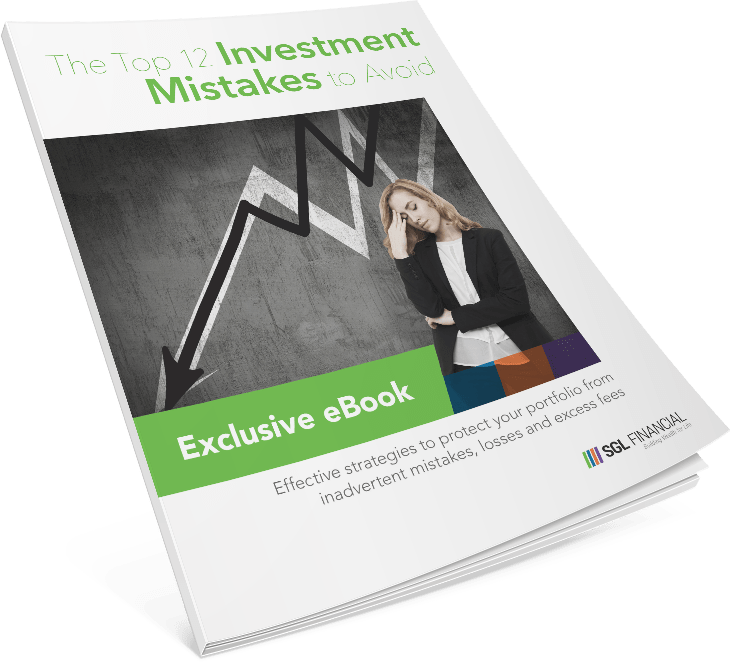Is Your Business Your Primary Retirement Plan?
by Gabriel Lewit

Many small business owners’ answer to retirement planning needs is relatively simple: “I’ll sell my business and the proceeds will fund my retirement.” But relying solely on the value of your business to fund your retirement can be risky, and in many cases, unrealistic. As a business owner, it’s worth asking: Is my business truly a retirement plan, or just one piece of a much larger retirement puzzle?
It’s common for business owners to pour everything into growing their company: time, money, and energy. And while that commitment can produce substantial success, it also creates major blind spots regarding long-term financial and retirement planning.
Here are a few reasons why relying only on your business as your primary source of retirement income can backfire:
- Economic downturns, industry shifts, or new competition can affect your business valuation.
- Selling a business can take years; many deals fall through or result in lower offers than expected.
- Many owners believe their business is worth more than it is, especially if financials aren’t clean or systems aren’t in place to operate without the founding principals.
- Tying all your wealth to a single asset, your business, may leave you vulnerable if you don’t produce the results you need to maximize a sales price.
At SGL Financial, our retirement planners help entrepreneurs build retirement strategies that don’t depend entirely on the uncertainties of a future sale.
Read our latest guide: Smart Financial Planning for Buffalo Grove Business Owners
When Your Business Can Play a Key Role in Retirement Planning
Your business should be a major contributor to your retirement plans. The goal is to determine how much of your retirement assets should come from the company and how much should come from other sources.
This is where the services of a CFP® professional in Buffalo Grove can help you plan for the future:
- How much will you need in retirement based on your lifestyle goals
- How will Social Security impact your long-term plans
- What is the projected value of your business at different exit points
- Can your business provide post-retirement income (through a minority ownership, consulting, rent, or royalties)
- How much to invest outside the business now to reduce future risk
Even if you plan to sell all of your business, building outside retirement assets gives you more control over your financial situation.
Here are a few tax-efficient ways to get started:
1. If you’re self-employed or own a business with no full-time employees, these plans allow higher contribution limits.
- Solo 401(k): Contribute as both employee and employer (up to $70,000 in 2025, or $77,500 if age 50+).
- SEP IRA: Contribute up to 25% of income (capped at $70,000)
2. Traditional or Roth IRA: Add supplemental retirement savings with these accounts.
- Traditional IRAs offer tax-deferred growth and potential upfront deductions.
- Roth IRAs grow tax-free and provide tax-free income in retirement.
3. Taxable Personal Savings Accounts: While not tax-advantaged, these accounts offer flexibility, liquidity, and no contribution limits, which can help build additional wealth outside of retirement accounts.
Working with a financial professional in Buffalo Grove can help determine how much to contribute and where to allocate those dollars based on your goals and tax situation.
Planning for a Business Exit Strategy
Even if you don’t plan to retire soon, it’s wise to start building an exit plan now. A well-thought-out strategy can increase your business’s value and help you transition on your terms.
Key components of an exit strategy include:
- Clean Financials: Buyers want transparency. Accurate records and audited statements go a long way in providing this information.
- Delegated Operations: A business that can run without the owner’s active participation is often a more valuable entity.
- Growth Plan: Showing reasonably accurate projections of future revenue potential adds value.
- Valuation Updates: Work with a financial advisor or business valuation specialist to assess your business’s worth every few years.
At SGL Financial, we help Buffalo Grove business owners evaluate and update exit plans as part of a broader retirement planning process.
Consider Ongoing Income vs. One-Time Sale
Not every business needs to be sold outright. In some cases, business owners structure their exit in a way that generates steady income through:
- Seller Financing: Sell the business but receive payments over time.
- Partnership Buyouts: Transition the business to a partner or a key employee over time.
- Commercial Property Rentals: If you own a building, lease it to the new owner.
These strategies can provide retirement income while allowing you to step away from day-to-day operations. It is important to weigh the pros and cons of different income needs and sources.
Don’t Forget About Taxes
Selling a business, or receiving income from it in retirement, comes with tax consequences. Without proper planning, you could lose a significant portion of your earnings to capital gains tax, income tax, or even estate taxes.
Questions to consider when discussing selling your business:
- Will the sale be taxed as capital gains or ordinary income?
- Can you spread payments over multiple years to reduce your tax bill?
- Are there opportunities to transfer ownership gradually to reduce taxes?
A comprehensive retirement plan built with a financial advisor who understands retirement planning and tax strategy can help you keep more of what you’ve earned.
Watch our co-founder, Steve Lewit, on WGN 9 News discuss the financial strain on the sandwich generation.
What About Social Security?
Many business owners take a minimal salary to reduce taxes, especially in S-Corps, but this can backfire when it’s time to claim Social Security. Benefits are based on your reported earnings, so a consistently low income can reduce your lifetime payout.
If you’re unsure how much income to report or how to balance short-term tax savings with long-term retirement income, a CFP® professional in Buffalo Grove can help you run the numbers and find the right balance.
Final Thoughts: Start Planning Early
Whether you’re five years from retirement or still in the formative stages of growing your business, now is the time to start building a plan that doesn’t rely on just one outcome.
If you’re ready to discuss your retirement planning needs, schedule a meeting with an SGL Financial advisor in Buffalo Grove to take a fresh look at your retirement strategy, so you’re prepared, whether or not your business becomes your retirement plan.

